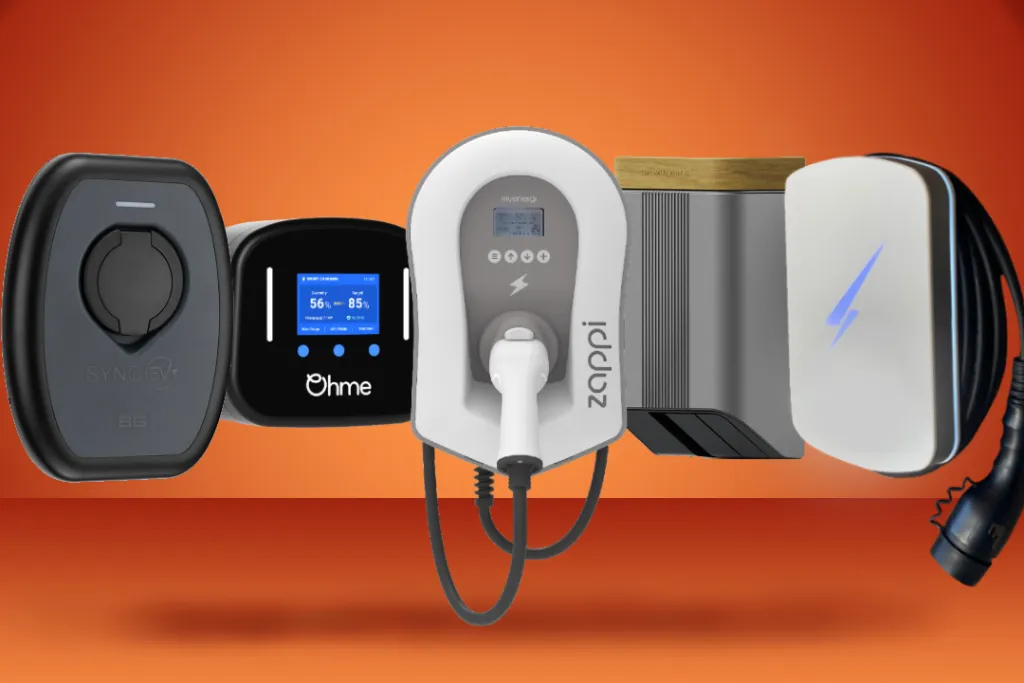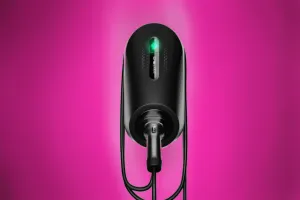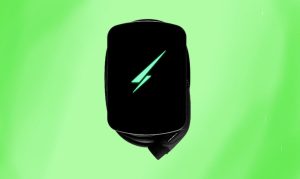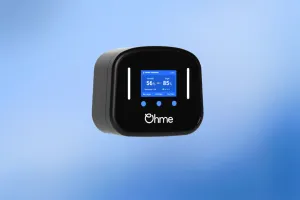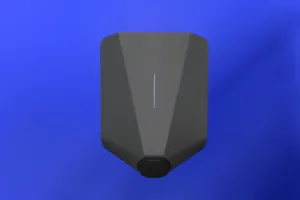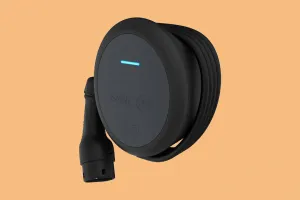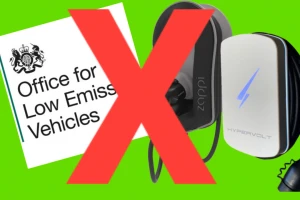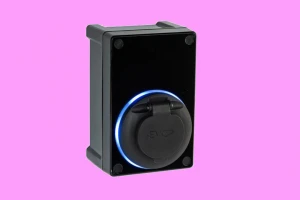With more and more EV chargers flooding the market, it’s harder than ever to find one that is right for you.
We take a look at some of the best charge points currently available, in a variety of categories, to help find one which will suit your needs best.
All of the following charge points have been designed for the UK market and therefore comply with the latest smart charging regulations which came out in December 2022.
Best EV Charger for Solar panels
- £779 RRP (Untethered)
- £799 RRP (Tethered)
- Type 2 Connector
- 7kW Charging
- Black or White options
- Solar PV integration.
- PEN fault detection.
- Internal Type A RCD with 6mA DC earth leakage detection.
- Grid limiting/Load balancing.
- Tethered and untethered options.
- Wifi/Ethernet connectivity.
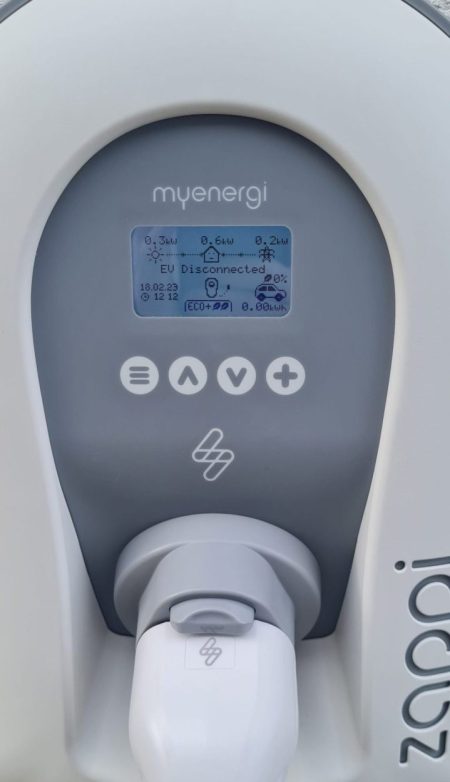
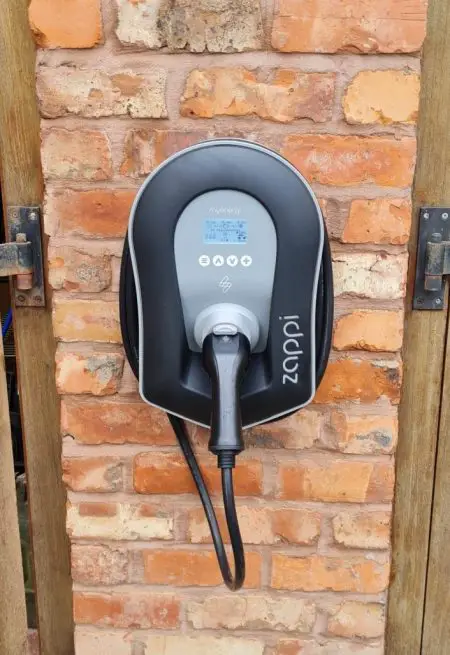
www.myenergi.com
Runner up -
Hypervolt Home 3.0
The Hypervolt 3 has charging modes, with 2 solar modes just like the Zappi. Although the Hypervolt does lack the extra features such as the solar/energy monitoring from the app. This makes it hard to monitor how much solar energy is being used and how much is coming from the grid.
On the plus side the Hypervolt is more aesthetically pleasing, and has better customisation options with a choice of 3 colors and 3 lead lengths.
The Hypervolt Pro model is due soon with improved UV protection and a redesigned cable holster. Full review eview will be coming soon!
Myenergi Zappi 2.1
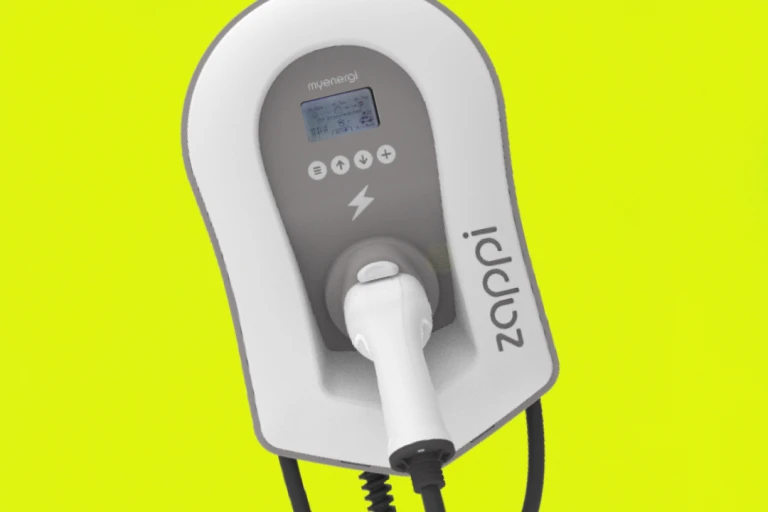
Although the Myenegi Zappi is over 4 years old it is still one of the most popular EV charge points available. This is mainly down to its solar charging capabilities.
The Myenergi Zappi 2.1 is the latest model and is packed with all the latest PEN fault and RCD technology to ensure safe charging and a straightforward installation without the need for any additional equipment.
The Zappi comes in 6.5m tethered lead or untethered (socket) variants, as well as 7kW and 22kW model options.
Although it’s slightly larger than many other chargers available the tethered lead can be wrapped around the unit neatly, with the plug installed in the holster on the front.
Solar charging modes allow the Zappi to charge from solar alone or a combination of grid and solar energy.
When set in Eco+ mode the Zappi will only charge when enough surplus energy is generated. This gives a 100% ‘green’ and ‘free’ charge. When there isn’t enough surplus energy, the Zappi can use a combination of grid and surplus solar/wind energy to ensure your vehicle gets enough charge.
The Zappi doesn’t require solar to operate and works perfectly for anyone charging from the grid, timing schedules can be set within the app to make use of cheaper overnight tariffs.
Other Myenergi products such as the Eddi (solar diverter) and the Libbi (battery storage) are fully compatible with the Zappi ensuring your solar energy goes where you need it most.
The Zappi has grid limiting/load balancing as standard to prevent overload of your electric supply. This is done by installing a CT clamp at the electric meter, this is then hard-wired to the Zappi.
The Myenergi app allows complete control of the Zappi and other products in the Myenergi ecosystem. It allows monitoring of not only EV charging but also solar generation (CT clamp needed)
A recent upgrade to the Zappi has seen it gain built-in WiFi and Ethernet connectivity, making it simple to connect to the app.
Also, an anti-tamper device has been added. This warns of any unauthorised access to the charge point unit.
Verdict
No other charge point has been able to match the Zappi regarding integration with solar PV systems and other renewable technology. This makes it still the number one option for anyone with existing solar panels, or anyone potentially installing them.
With the recent hardware upgrade adding WiFi to the unit has also made it easier to get the important connection to the Myenergi servers, thus pleasing installers.
Myenergi has beaten off a lot of competition in recent years with a reliable easy-to-use product.
For further information see our full review of the Myenergi Zappi here
Best Value EV Charger
- £569 RRP (untethered)
- £599 RRP (tethered)
- Type 2 connector
- 7kW Charging
- Wifi, Ethernet and GSM
- Pen Fault Detection.
- Grid limiting.
- Integral A-Type RCD and 6mA DC earth leakage detection.
- Tethered and untethered options.
- Affordable.
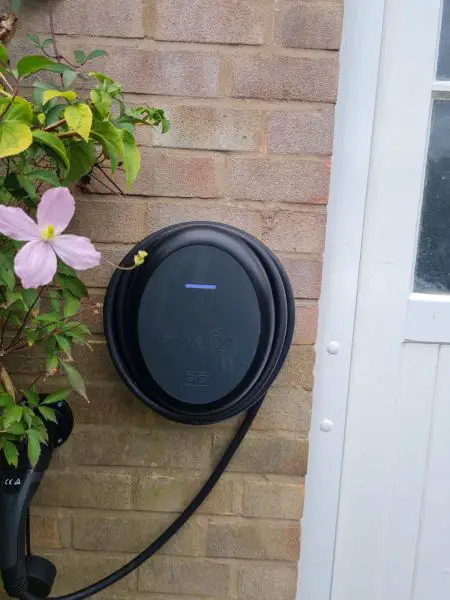
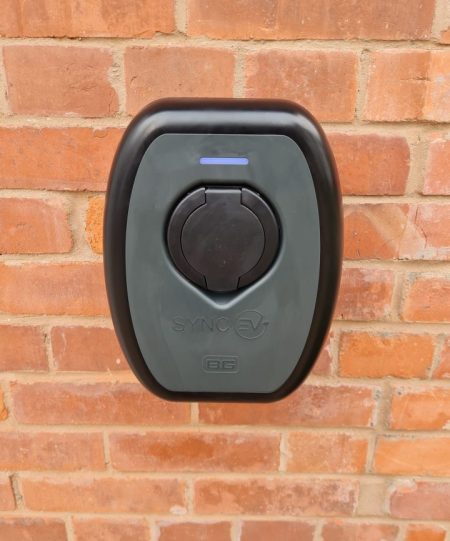
Runner up -
Ohme Home Pro
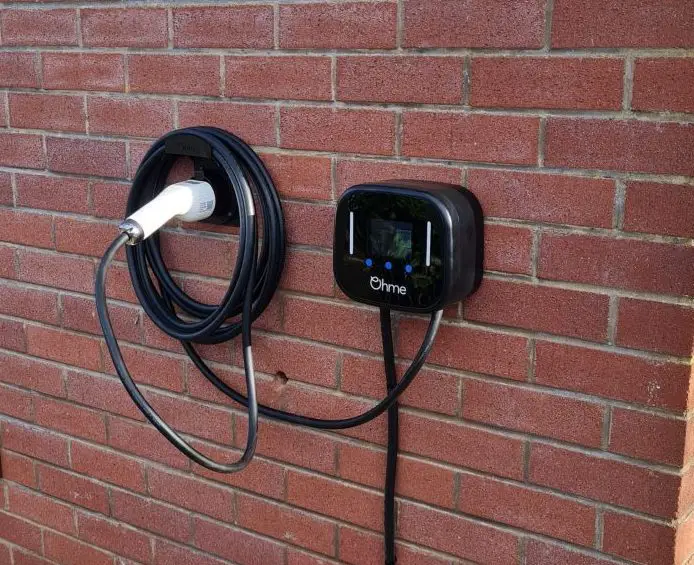
BG SYNC EV
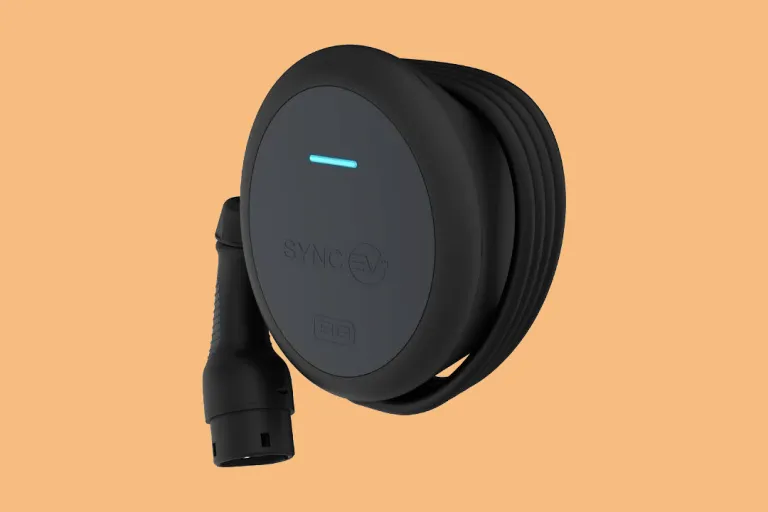
Although the New BG Sync EV is one of the cheapest EV charge points available it doesn’t budget on the technology inside.
Both PEN fault detection and A-Type RCD protection are integrated into the unit offering excellent safety levels without the need for external equipment. Along with the option of grid limiting/load management normally only seen in premium chargers.
Built-in PEN fault detection avoids the use of earth rods. This makes for a quicker and simpler installation.
Grid limiting is also possible but does require an additional hard-wired CT clamp (purchased separately). This monitors the grid supply and prevents overload of the main fuse.
The BG Sync EV has tethered and untethered options. The tethered version comes with a generous 7.5m lead, this compares well against the standard 5m lead of the Hypervolt, offering excellent value for money.
The unit is only available in grey, with a black trim, but is quite small and unobtrusive. A small LED strip on the front shows the current charging mode.
The BG SyncEV now uses the third party EV.Energy app, this can be used to claim cash rewards for customers who charge their EV at off peak times helping reduce carbon emissions. The app also monitors energy usage statistics and allows you to schedule charge times.
Multiple connectivity options are available including WiFi, Ethernet and 4G, ensuring a reliable connection to the app.
Unfortunately, BG Sync EV does not have any solar charging options.
Verdict
A fantastic charger that has all the premium safety features but comes at an affordable price. With the tethered unit over £60 cheaper than the Hypervolt and offering a longer lead it’s excellent value.
The unit is also fairly small and unobtrusive for those wanting something that isn’t going to stand out like a sore thumb.
For anyone who doesn’t require solar charging, or prefers an untethered unit the SyncEV is highly recommended.
For further information see our full review of the Sync EV here.
Best all-round EV charger
- £660 RRP (5m model)
- £702 RRP (7.5m model)
- £750 RRP (10m model)
- Type 1 or 2 connector
- 7kW charging
- Wifi, Ethernet
- White, Black & Grey options
- Solar PV intergration
- Grid limiting
- PEN fault detection
- Internal 6mA DC earth leakage detection
- Choice of lead lengths
- Type 1 and 2 connectors
- No A-Type RCD
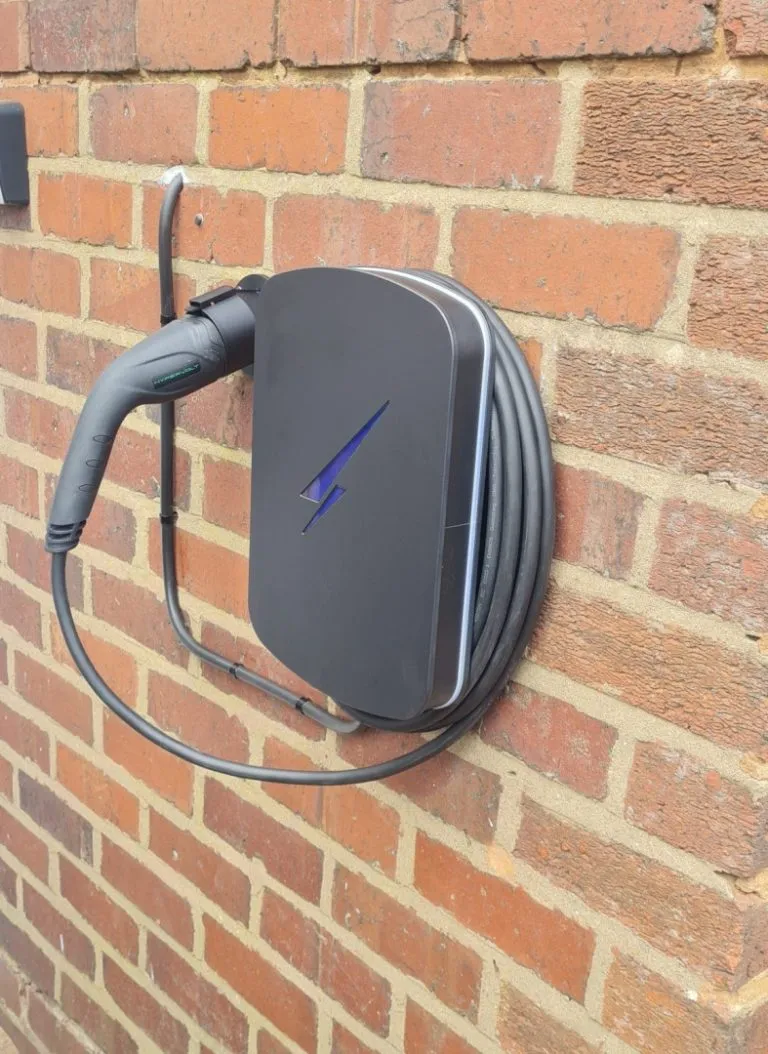
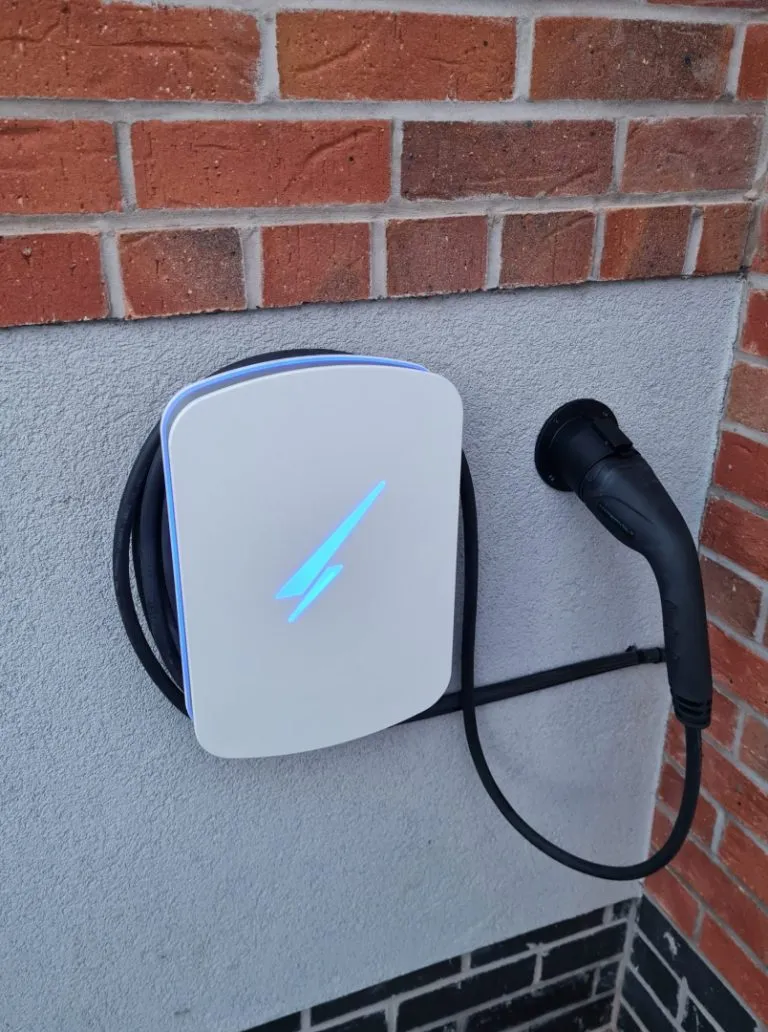
HYPERVOLT HOME 3.0
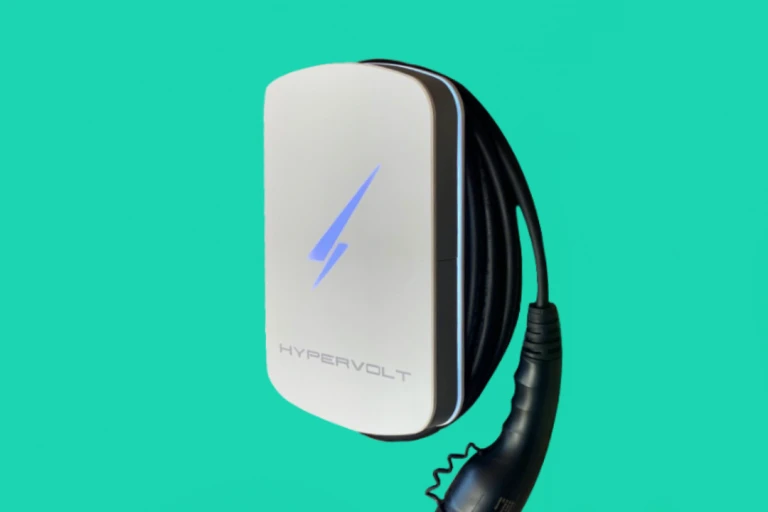
The Hypervolt is one of the best EV chargers available. Designed and manufactured in Britain, It has recently been upgraded from the 2.0 model to comply with the latest smart charging regulations.
The Hypervolt is a very slimline charge point in a minimal style, and is available in a choice of 3 colour finishes. Currently only available as a tethered unit with a 5m cable as standard. This can be upgraded to 7.5m or 10m for an additional cost – £42/£90.
The tethered lead can be wrapped around the unit discreetly, and also has a holster to hold the connector conveniently.
There is no need for an earth rod with the Hypervolt as it has built-in PEN fault detection, this simplifies installation and reduces costs.
Load management comes as standard using the included CT clamp, preventing overload of your main cutout fuse by reducing the charge rate to the vehicle.
Solar charging is also possible with three basic eco-charging modes available, although it doesn’t give as many setup options as the Zappi.
Both load limiting and solar charging will be monitored by the bi-directional CT clamp included with the Hypervolt.
The Hypervolt connects to your WiFi network and offers remote control and monitoring via the app. Scheduled charging and energy usage analytics are also available.
Hypervolt carry out over-the-air software updates via WiFi. This ensures all software is kept up to date, so new feaures can be added automatically, or issues sorted remotely from the Hypervolt support team.
Verdict
A great looking charger which blends in with any property style thanks to it’s 3 colour options. Also having the choice of lead lengths allows the customer to design a charge point to suit their requirements.
The app is simple to use and also can do solar charging. We’ve picked this as the best charger overall ahead of the Zappi due to the lower pricing and styling.
For further information see our full review of the Hypervolt Home 3.0 here.
Most Stylish EV Charger
- From £649 RRP (Basic)
- From £759 RRP (Plus)
- Type 2 connector
- 7kW Charging
- Wifi and Bluetooth
- Upto 18 colour options
- PEN Fault Protection.
- Integral A-Type RCD and 6mA DC earth leakage detection.
- Tethered or untethered options.
- Grid limiting.
- Solar integration.
- Energy Monitoring.
- 107 colour combinations
- Expensive
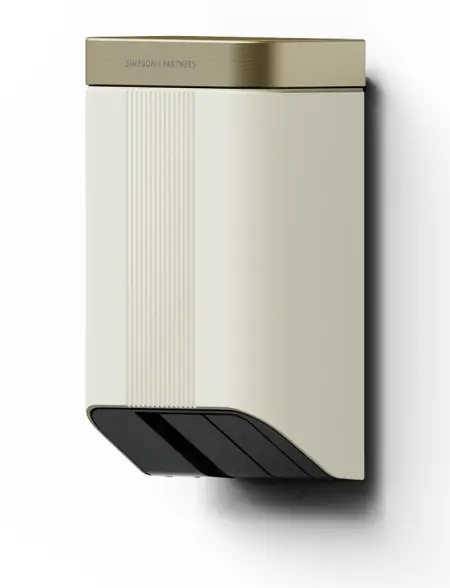
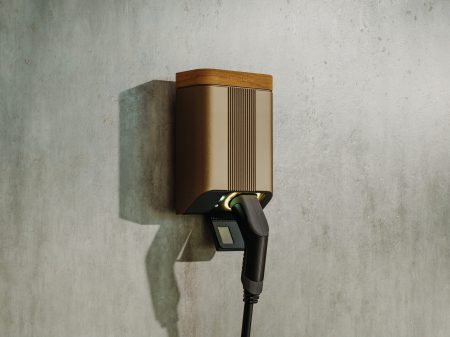
Runner up -
Andersen EV
The Andersen is another fully customisable EV charge point, with a combination of 96 different finishes. The Andersen comes as a tethered unit only, but has the ability to stow the lead within the unit. This fabulous design does makes the unit a bit on the larger side in comparison to the Home 7. It also has a premium price tag with the pricing starting from £1199.
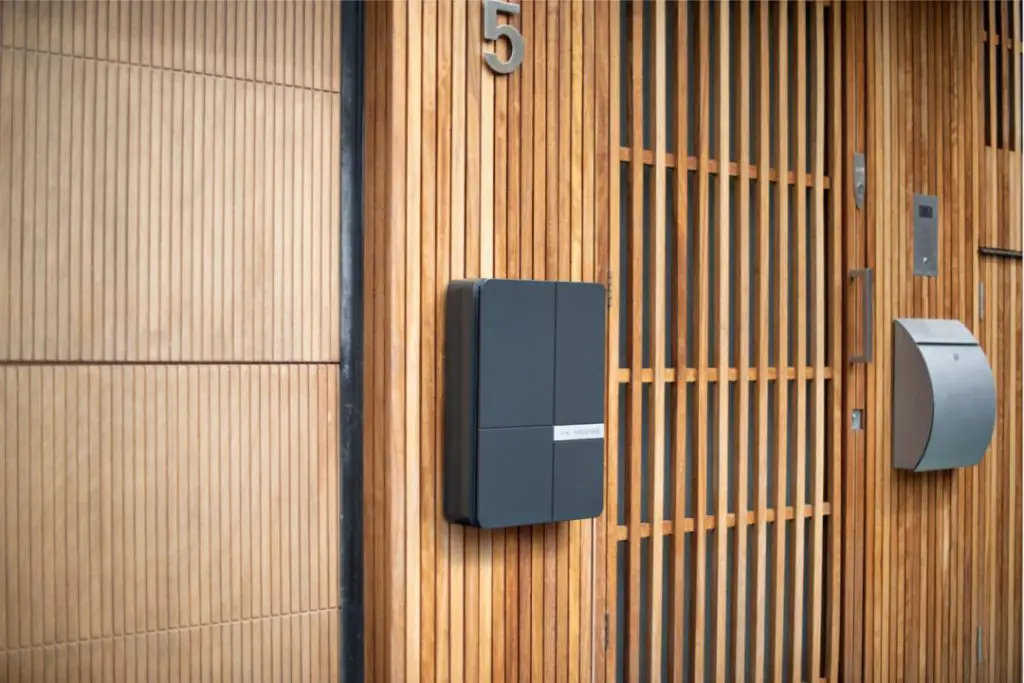
Simpson and Partners
Home 7
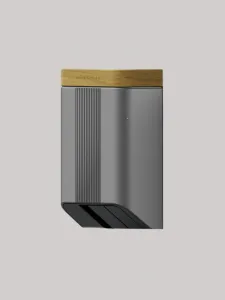
The latest EV charge point on the market comes from Cotswolds based Simpson and Partners.
The Home 7 is a premium charger aimed at people who don’t want o comprimise on style, or build quality. The Home 7 can also be customised to suit almost any decor.
Like all of the other charge points listed here the Home 7 has all the usual safety features found in UK chargers including PEN fault detection, A-Type RCD detection and 6mA DC protection.
Grid limiting is available using a hard-wired CT clamp (sold separately) to prevent overload of the main fuse.
The main body of the charger is made from aluminum and is available in up to 18 colours from a ‘British palette’, the top section is available in aluminum or Accoya wood. Accoya wood is an extremely durable wood that will not distort or rot in the toughest climates.
Untethered and tethered units are available, with the tethered model adding £50 to the price for a 6.8m lead. Unfortunately the lead doesn’t rap around the unit like others and has to be coiled and placed on a hook.
A hook matching the unit colour is available, but again adding a further £50 to the price.
The Home 7 comes in two variants, the Basic, and the Plus.
The Basic has all the above features but is only available in a choice of 3 colours and has a plastic top.
The Pro has the full 18 colour palette, and the choice of 8 tops, allowing for a total combination of 107 variations.
The Pro also adds a few more features not found in the Basic model.
Energy monitoring is enabled using the hard-wired CT clamp, this gives the user the ability to see how much energy is being consumed in the home, using the Simpson and Partners app.
Solar charging is also available, with an additional solar monitor. This monitor connects wirelessly to the Home 7 and allows the Home 7 to charge when there is surplus energy that would otherwise be diverted back to the grid.
The Simpson and Partners app allows complete control of the Home 7 series of chargers. From the app you can track charge history and change charging modes and schedules.
Unlike other chargers the Home 7 allows control when there isn’t a WiFi signal available. This is done through password protected Bluetooth technology.
The Home 7 doesn’t store your personal details either, you don’t even need an account to begin charging. All charge history data is also stored on UK servers for increased security.
Verdict
A full indepth review of the Simpson and Partners Home 7 is coming soon

